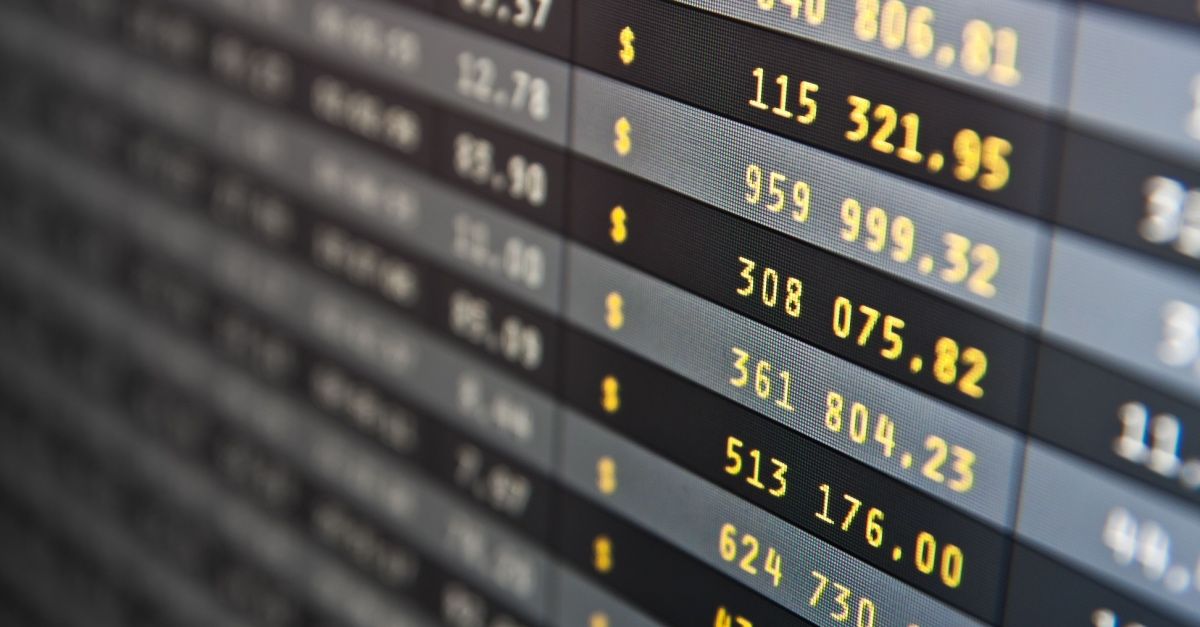
Tender Season 2024: Key Trends and Challenges
As we head toward the winter months, we start to gear up for the tender season, the annual period when shippers seek proposals from carriers defining transportation services for the upcoming year.
As we’ve mentioned previously, tender season is an ideal time for shippers to incorporate sustainability initiatives into the procurement process. This allows companies to control their supply chain emissions and meet their environmental, social, and governance goals. Some examples of sustainability initiatives are actions to reduce transportation-related greenhouse gas emissions or guidelines to ensure ethical sourcing.
Discussing sustainability initiatives during tender season helps not only the shipper but also the transportation providers. Both parties are under pressure to meet regulatory requirements worldwide that call for reducing greenhouse gas emissions along the supply chain. Sustainability initiatives can also be good for businesses because consumers are eager to support companies dedicated to reducing GHG emissions.
At Searoutes, we’re here to help you reduce your supply chain emissions through our technological tools that analyze both historical and real-time data to discover actionable steps that you and your transportation providers can take to reduce emissions and meet regulatory targets.
Tender Season 2024: Reducing Supply Chain Emissions Remains a Key Priority
Tender season is a time when companies decide how to handle their freight transportation needs. While the relationships between shippers and their carriers can be longstanding, this procurement period allows organizations to consider transportation offerings that might result in lower supply chain emissions. For instance, using a transportation option that runs on biofuels or lower-emitting carbon fuels is one option that shippers can consider.
Both shippers and transportation providers are under pressure to meet regulatory mandates calling for carbon emission reductions, such as the European Union’s emission trading system. This system calls for the maritime shipping sector to reduce GHG emissions using a phased approach and is part of a broader goal to slash GHG emissions by 55% by 2030 and become climate-neutral by 2050. Meanwhile, North American companies will likely face increased scrutiny by regulators and consumers to slash supply chain emissions and reach net-zero emissions in the coming decades.
Thankfully, companies and even carriers have technological tools and data analytics at their disposal to help them strategize ways to reduce emissions and manage tenders.
Balancing Sustainability and Efficiency in Tender Season
While we’ve been focusing on sustainability’s role in procurement, let’s not forget that sustainability and operational efficiency can go hand in hand in supply chain management. Achieving the dual objectives of sustainability and operational efficiency in supply chain management is possible. Organizations can align sustainability goals with tender strategies without sacrificing efficiency.
One way organizations can balance these two goals is to forge agreements with a company’s operational requirements in such a way that optimizes costs. As previously discussed, organizations and transportation providers can fine-tune service levels, rates, and contractual terms to balance efficiency and budgetary considerations.
Another way is to consider high-volume lanes. Shippers prioritize routes with substantial freight volumes, recognizing the potential for economies of scale and operational efficiencies. By concentrating efforts on these critical lanes, logistics professionals can maximize the impact of their decisions, enhancing overall supply chain performance and responsiveness.
Three Strategies for Supply Chain Emissions Reduction in Tender Season 2024
We’ve outlined some ways that organizations can work with transportation providers during tender season to integrate sustainable actions into the supply chain. But there are other tools available that help companies monitor their progress toward supply chain emissions reductions and discover new opportunities to slash emissions.
Implementing Advanced Data Analytics
Companies can use data analytics to identify emission hotspots and optimize logistics. Our Routing API does just that: its algorithms calculate the shortest routes sailed, considering factors such as traffic separation schemes, SECA/ECA zones, piracy zones, canals, and port entries.
Build Holistic Emissions Visibility
Organizations should consider choosing suppliers and carriers that prioritize sustainability. Our Vessel API tool has access to five years of historical tracking data for vessels, and it has algorithms that take into account speeds in passages and canals, as well as vessel-specific routes. Companies can use this information to determine which vessels and routes align with their companies’ sustainability goals.
Regardless of what technologies companies decide to use, companies should deploy strategies that foster partnerships focused on reducing carbon footprints across the supply chain.
Leveraging Technology for Real-Time Monitoring
Lastly, companies should take full advantage of technology to track emissions throughout the supply chain. There are now tools and platforms that facilitate real-time monitoring and reporting of carbon emissions, making it easier for companies to demonstrate to both regulators and consumers their dedication to pursuing sustainability.
Our CO2 API tool allows companies to track their emissions in real-time, offering valuable insights to minimize carbon footprint while optimizing operational efficiency.
Use Tender Season as an Opportunity to Take Control
As tender season approaches, the significance of effective supply chain management becomes increasingly clear. In 2024, organizations face the dual challenge of meeting regulatory demands while embracing sustainability and supply chain emissions reduction. Integrating emissions reduction strategies is not just a compliance measure; it’s a vital response to shifting consumer expectations.
Key trends, such as regulatory changes and the adoption of technology, will shape this tender season. By leveraging advanced data analytics and fostering partnerships with eco-friendly suppliers, businesses can strike a balance between sustainability and operational efficiency.
We have the API tools organizations need to determine the best ways to reduce carbon emissions along their supply chains and meet regulatory hurdles head-on. Contact us today to learn how to get started.
shipment tender, shipment tendered, supply chain emissions, supply chain emissions reduction, tender shipping